Vegetable Tanning vs. Chrome-Tanning
Tanner Leatherstein will share with you the difference between vegetable tanning and chrome tanning. In addition, he will discuss his favorite tanning process: combination tanning. We will answer the following questions in this video:
- Which between vegetable-tanned leathers and chrome-tanned leathers is the rare leather type?
- Which is the premium leather type?
- Which among these two tanning processes require less maintenance?
Let us know about your thoughts and questions. You can comment them down below or directly on the YouTube video. We’ll see you again next time. A quick reminder to be authentic, be leather-savvy!
TRANSCRIPTION / WRITTEN ARTICLE
Hey, everyone! This is Tanner here with another practical tip to help you to become leather-savvy. Today, I want to talk about the two most common practices of leather tanning. I want to do this because I realized that it is a confusing topic that has somewhat incomplete information online when you search about it. Thus, I would like to offer my insights as a person who has done both of these tanning techniques in the tannery. So, we’re going to discuss vegetable-tanned leather versus chrome-tanned leather. We’ll also mention what’s good about them, what’s bad about them, and how you can navigate the space better.
Let’s start with the vegetable-tanned leather which is the premium end of things. It’s the craftsmanship of the tanning industry. It is the oldest way of tanning leather using tenons derived from wood barks and trees and it gives the leather very specific characteristics when you use that technique alone. It also ends up with thicker, stiffer, and shinier leather that looks very rich and earthy. The smell of vegetable-tanned leather is amazing in most cases. It’s the smell that you most probably associate with “leather smell” in general. It is harder to do and master on the tannery side and it’s difficult to perfect the craft. That’s why it is practiced less and less in today’s industry. Pretty much ten percent of the leather you can find in the market or less is vegetable-tanned. It’s also usually more expensive and premium. The downside of vegetable-tanned leather is that it’s usually stiffer which may not be suitable for some of the uses of the craft.
Number two is chrome-tanned leather which is a more modern technology that uses a mineral called chromium salts to tan the leather. It does the same thing: it permanently preserves the leather for good. However, it’s an inorganic material since it’s a mineral. Decades ago, this practice had some environmental effects that might be harmful to the skin, touch, and all that health matters on the consumer’s end. But today, there are a lot of regulations, tests, and practices to perfect this method of tanning – making it very common and easy. Big tanneries perfect the result every time they accomplish this repetitively. Most of the leather you use and you can see in the market is chrome-tanned (about 90% to be precise). It leads you to a softer and more pliable leather. It is more durable against water stains and it requires less to no maintenance since almost everything is fixed into the chrome-tanned leather. Everything in the leather is permanent so it’s not going to dry as much as vegetable-tanned leather which may require some maintenance. Chrome-tanned leather is easy to maintain, good forever and ends up with a softer but still very durable leather and leathercraft. There are parts that you need to be careful about. Again, the tanneries that are not perfect in this tanning technique may cause harm to the environment or to the consumer. Just be sure that you’re going for a reliable brand that does all the checking for you to ensure that they’re complying with all the requirements of today.
There is a point in between the white and black areas which is the gray point that is usually the best of both worlds (in my opinion). It gives us the best results in terms of leather quality and characteristics. This is known as the combination tanning technique. It is not much discussed online so I wanted to touch on this since it’s very important. Basically, the base tanning is done with chrome tanning which is easier and gives you that soft material. And then, to add some of the characteristics of the vegetable tenons, we do a re-tanning process using heavy vegetable tenons to accomplish that stiffer and more pliable characteristic. If you’re going to do personalization or burn logos or names into the end craft, combination tanning is going to be the perfect technique. If you complement your chrome tanning with a vegetable re-tanning, it gives you the best of both worlds. However, these are only my opinions. It’s practiced very commonly in a lot of tanneries that do a good job tanning leathers. Most of the leather goods in the market, out of the 90% labeled as chrome-tanned, most likely have some form of vegetable re-tanning that gives you those very balanced characteristics to the end of the craft.
To summarize it all:
-
Vegetable-tanned leather is the premium version of the craft. It’s done by master tanneries and master craftsmen. It takes longer to finish but it ends up with a beautiful product with a shinier and glossier grain in most cases. A little stiffer but it smells awesome. It’s definitely the premium option you could go for. It was more expensive but it’s rare. It’s not that common in the market and it’s not easy to find a good one either.
-
Chrome-tanned leather, which is 90% of the leather in the market today, is perfected by most of the major tanneries with good regulations to ensure that harmful practices are not done. As long as you’re buying your crafts from a good and reliable brand and they do the checking for you, you should be comfortable buying these leathers or leather goods.
-
Combination tanning, which is my favorite option, is a chrome-based tanning technique complemented with re-tannage done by heavy vegetable tenons that gives you the best blend of both worlds. Whenever you’re buying chrome-tanned leather, it's most probably going to be a combination-tanned leather. The major tanneries are now doing it that way to accomplish the ideal result. You should be comfortable getting good crafts regardless of whether it’s vegetable-tanned or chrome-tanned leather as long as it’s coming from a reliable brand.
I hope this helps you to navigate the space better next time you’re shopping for leather goods.




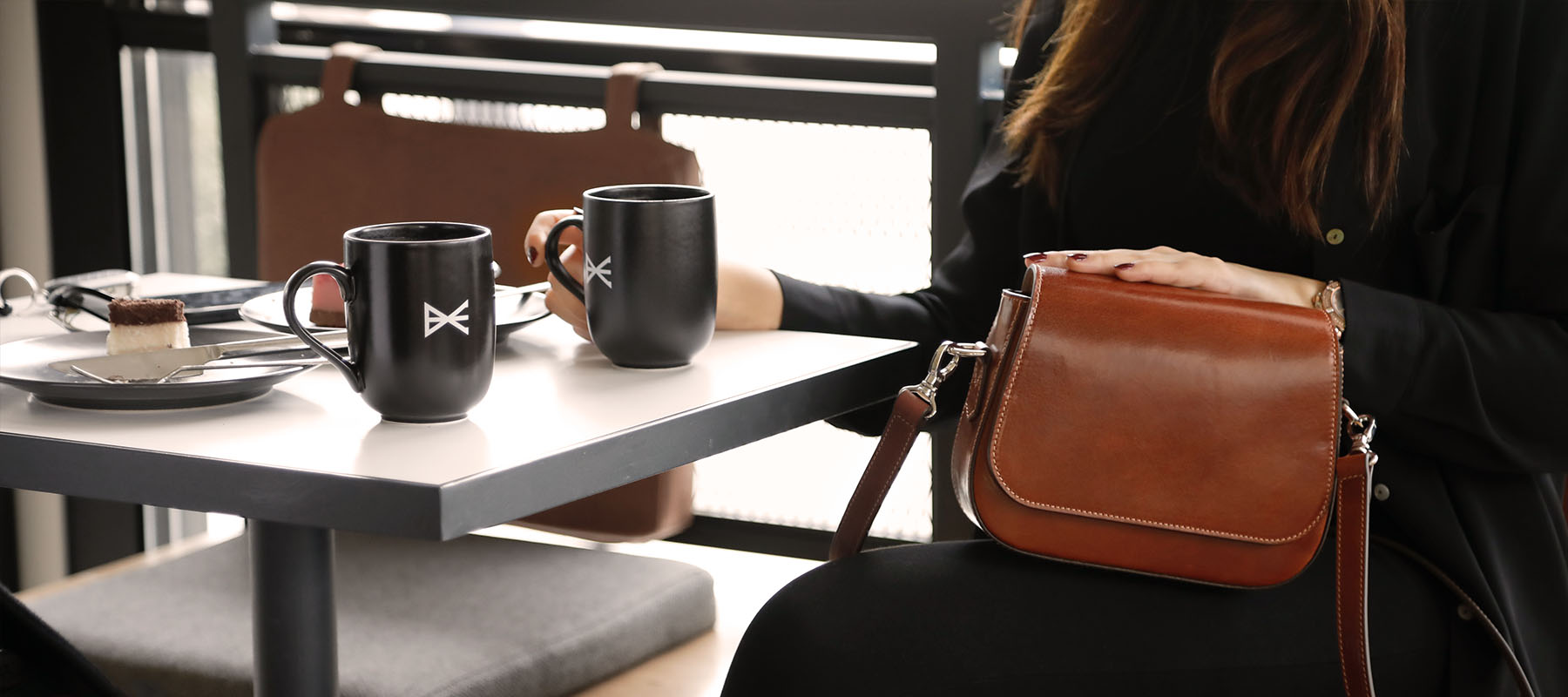
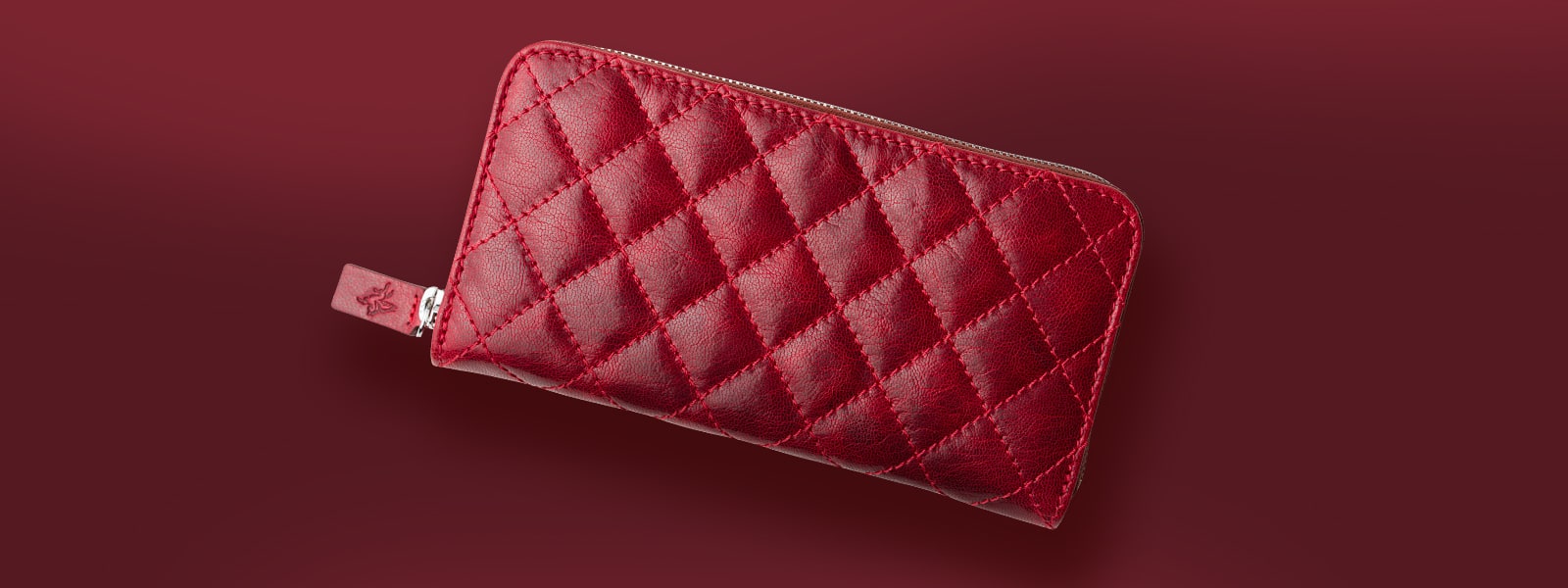
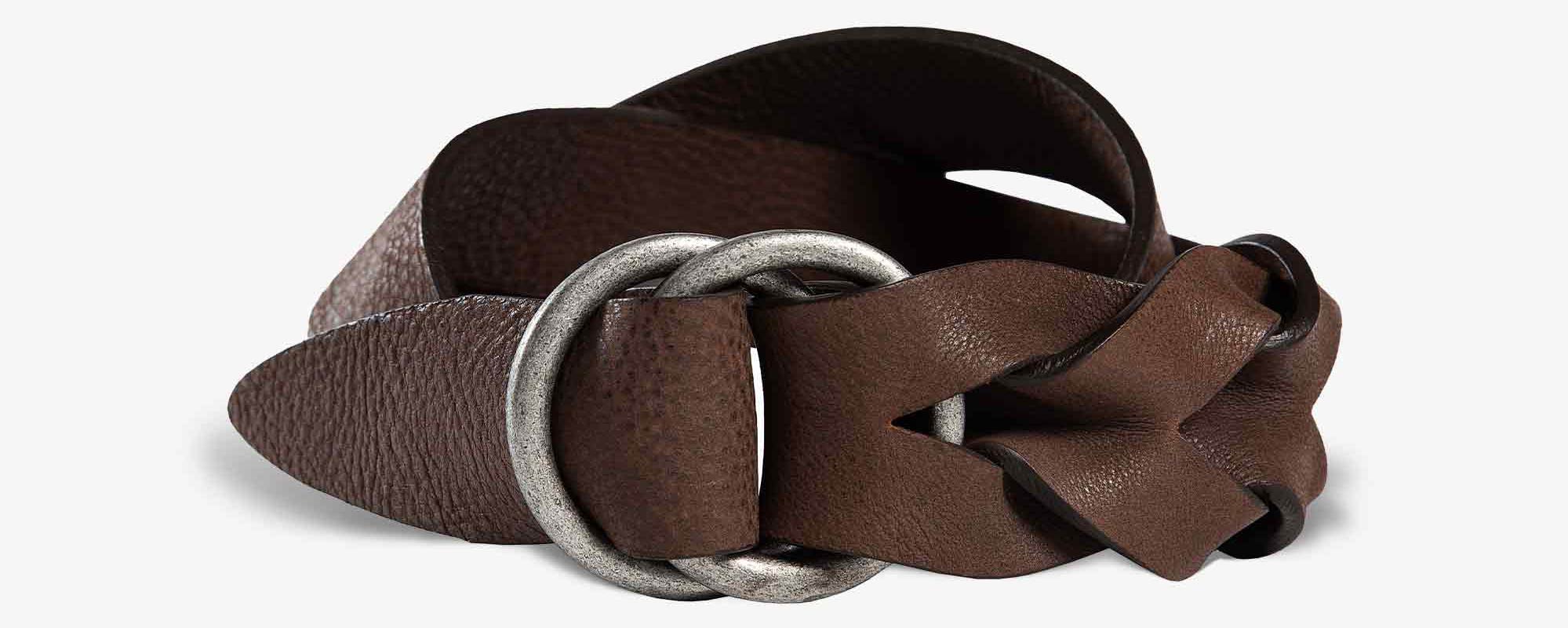
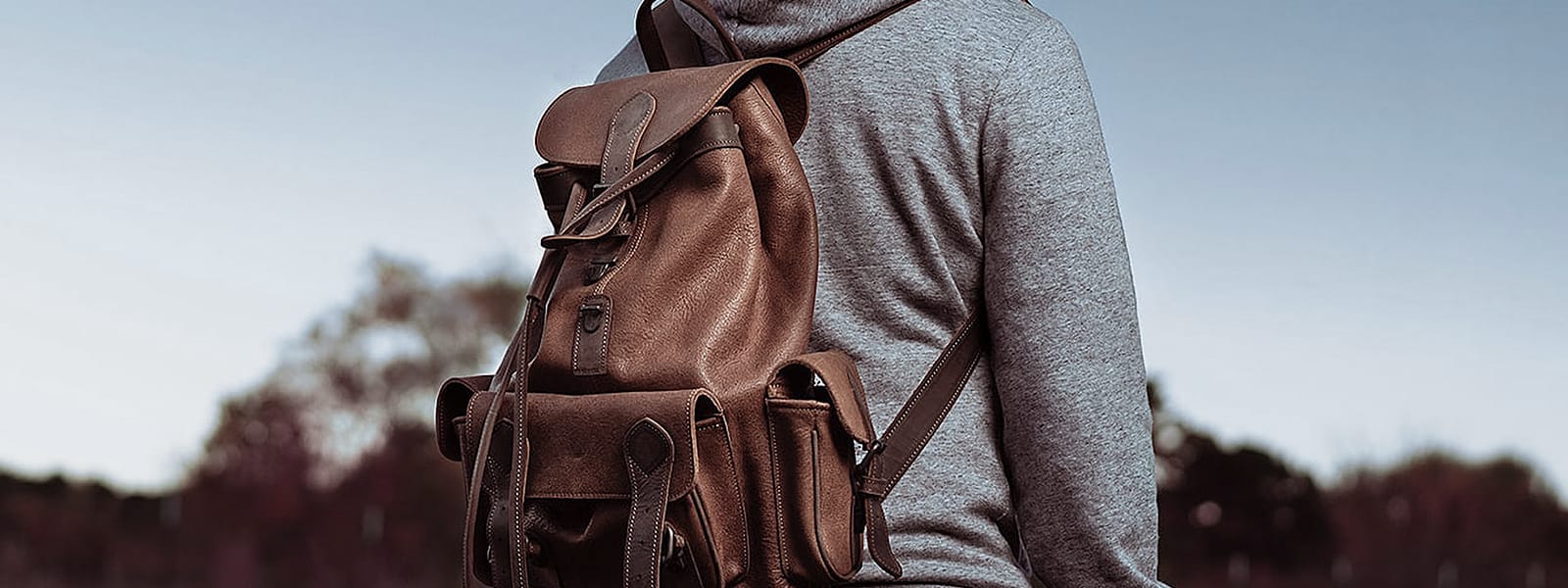
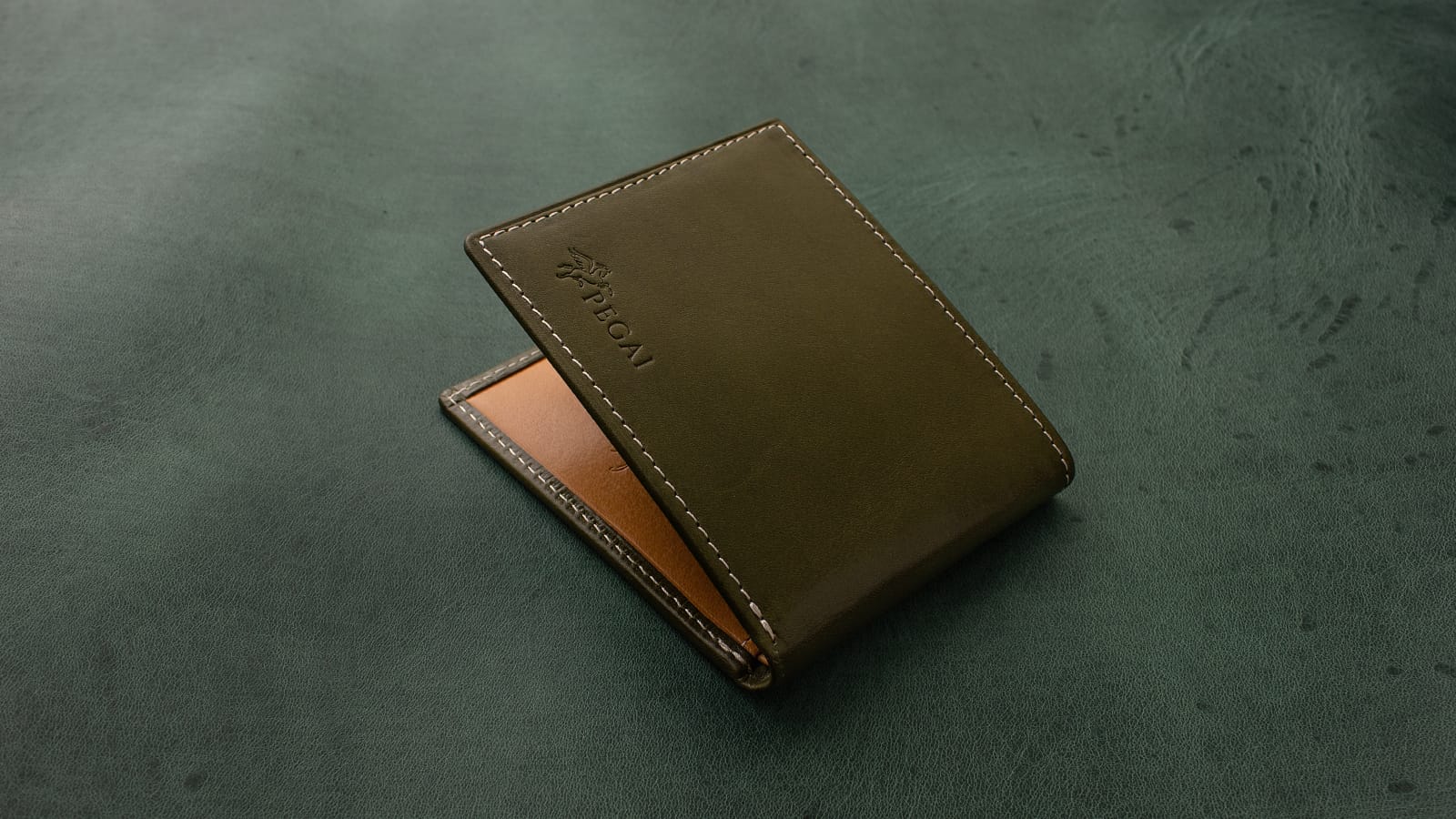
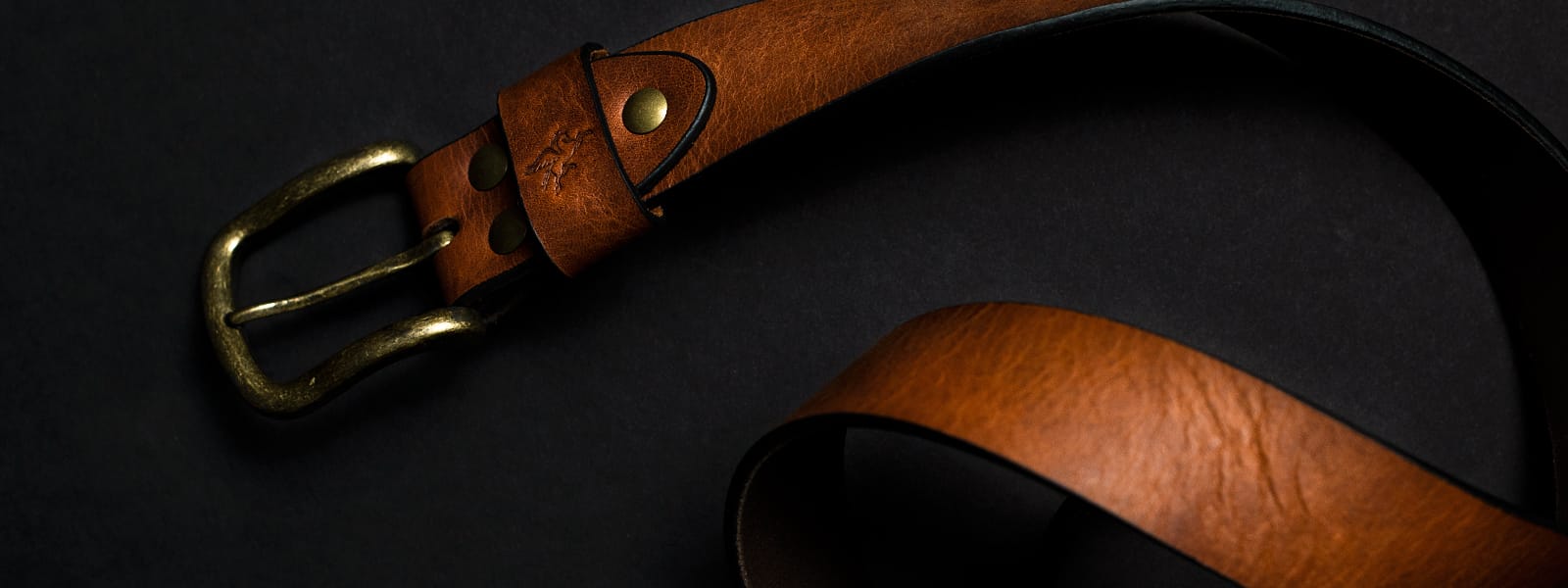

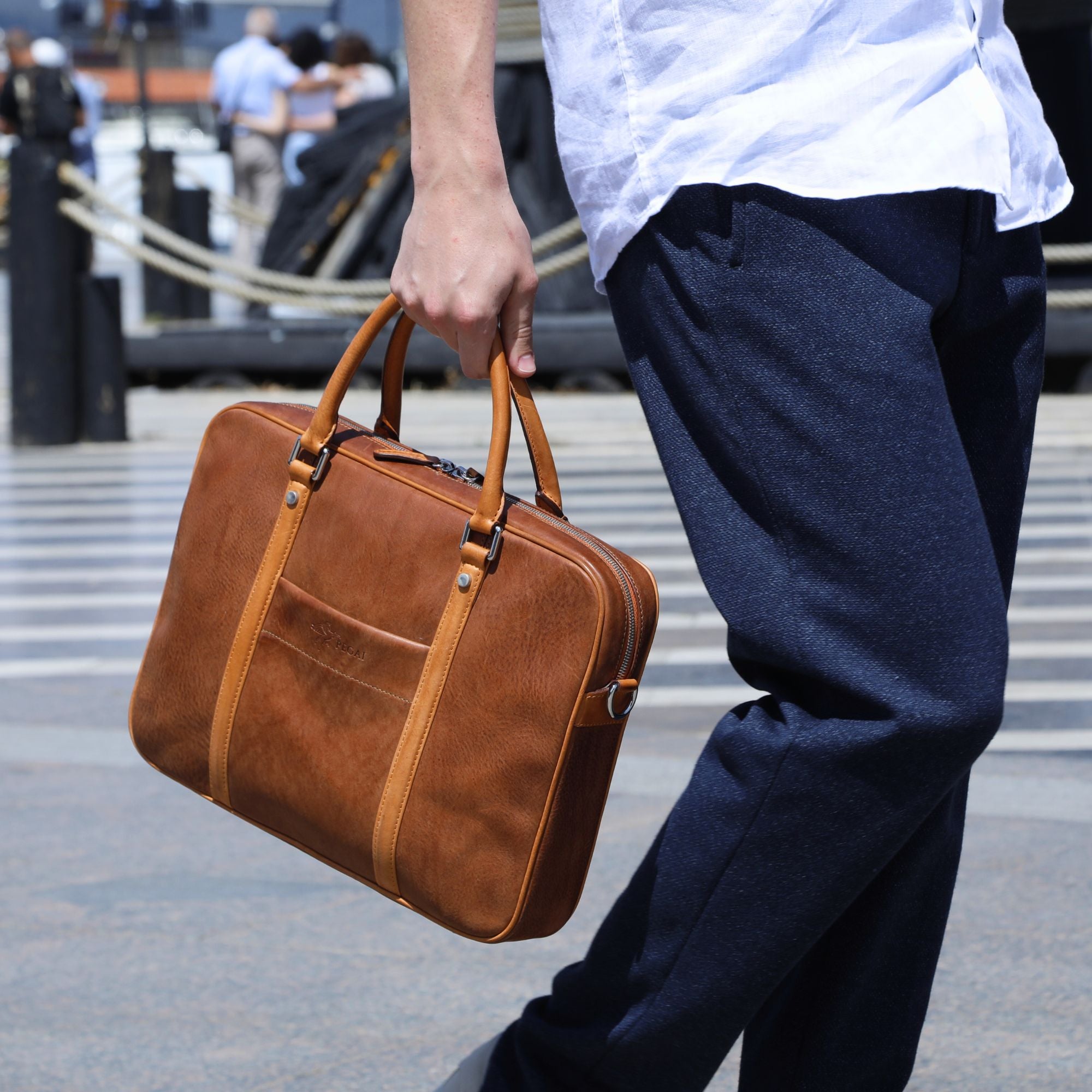
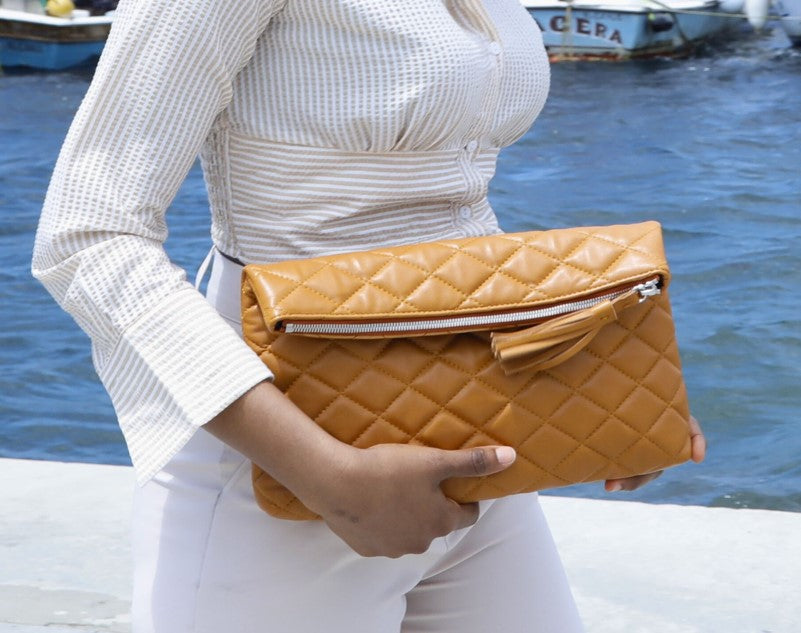
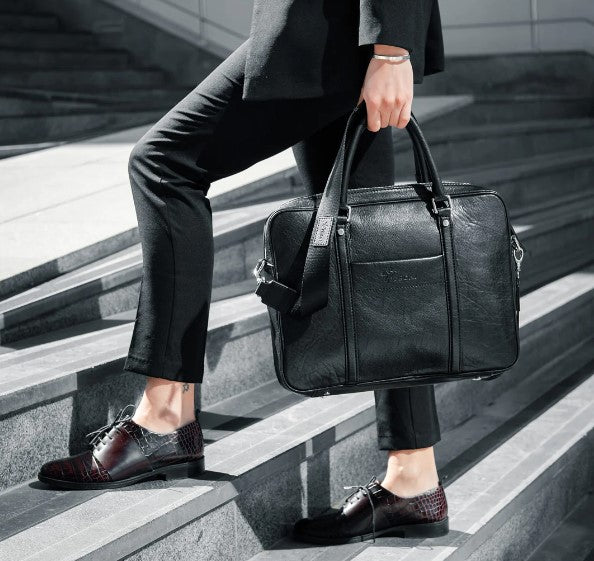
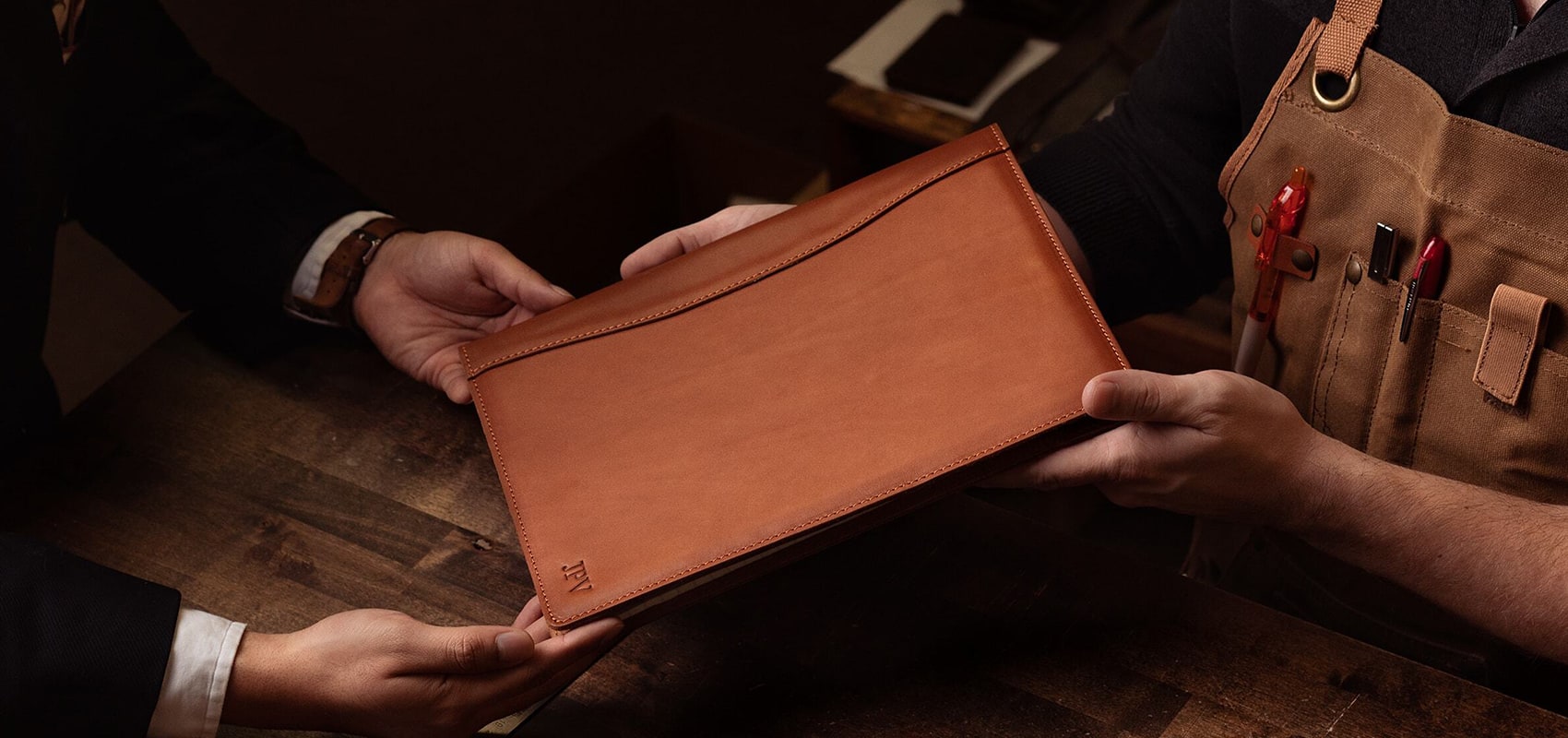
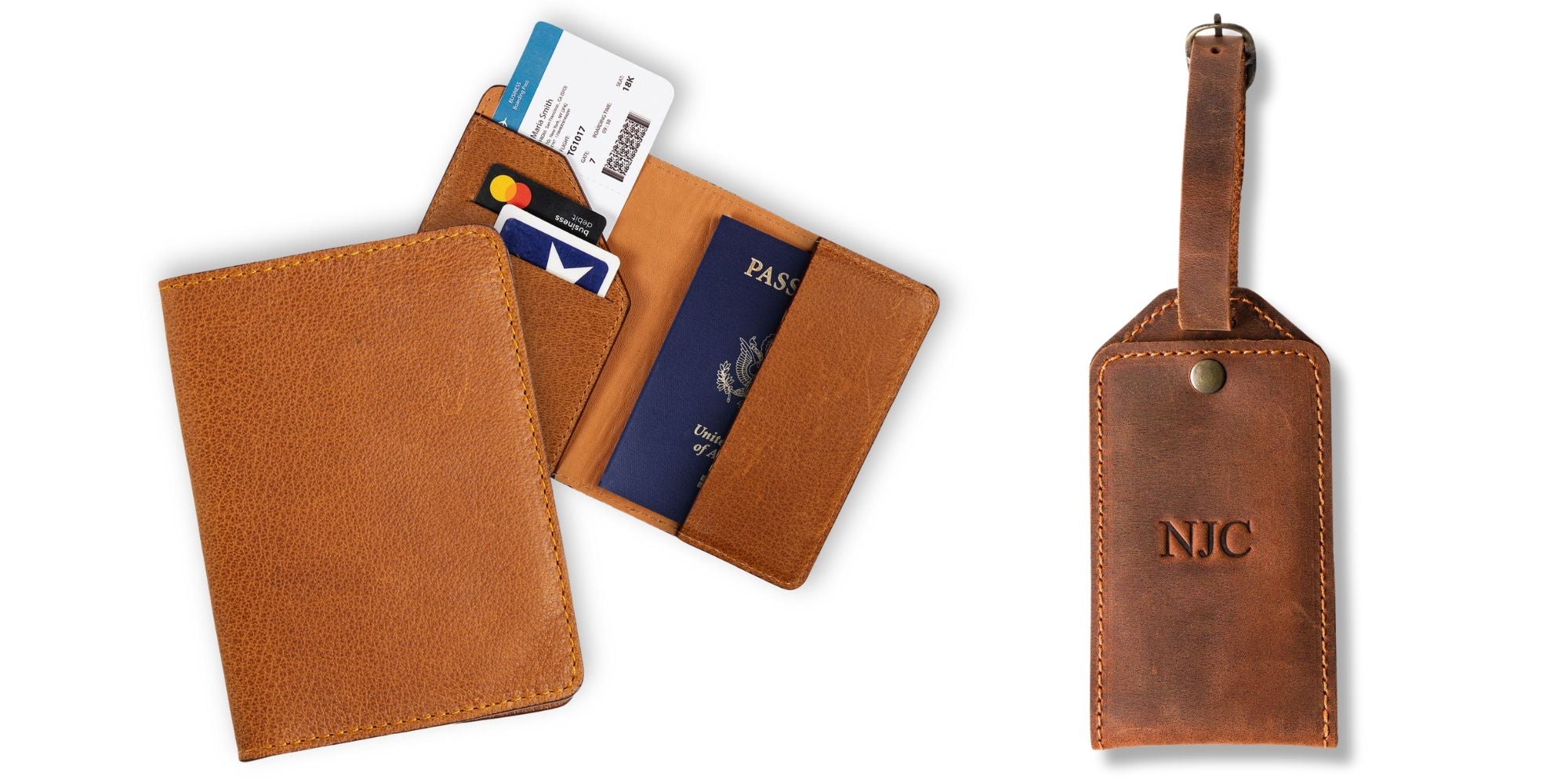
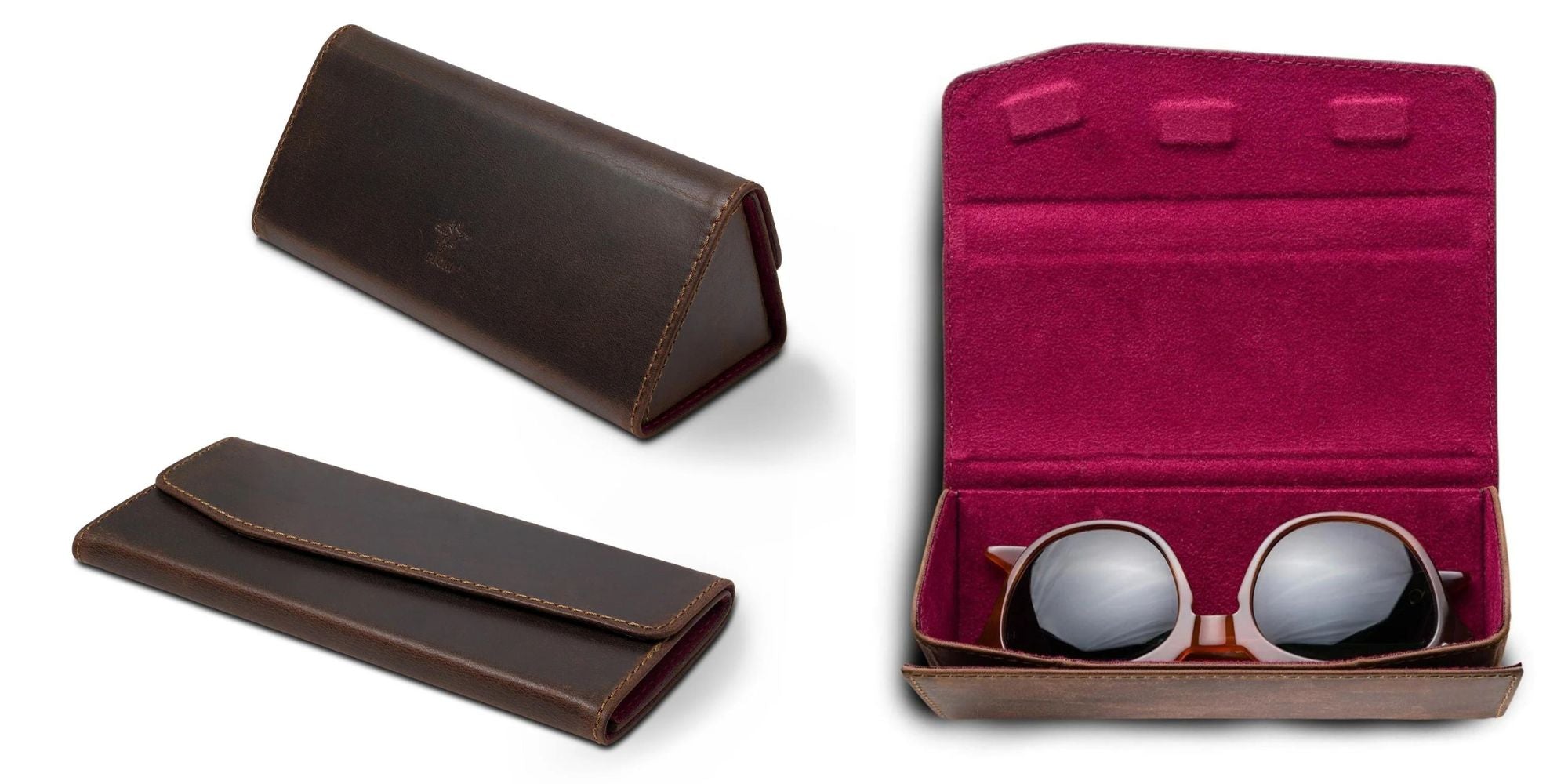



Leave a comment